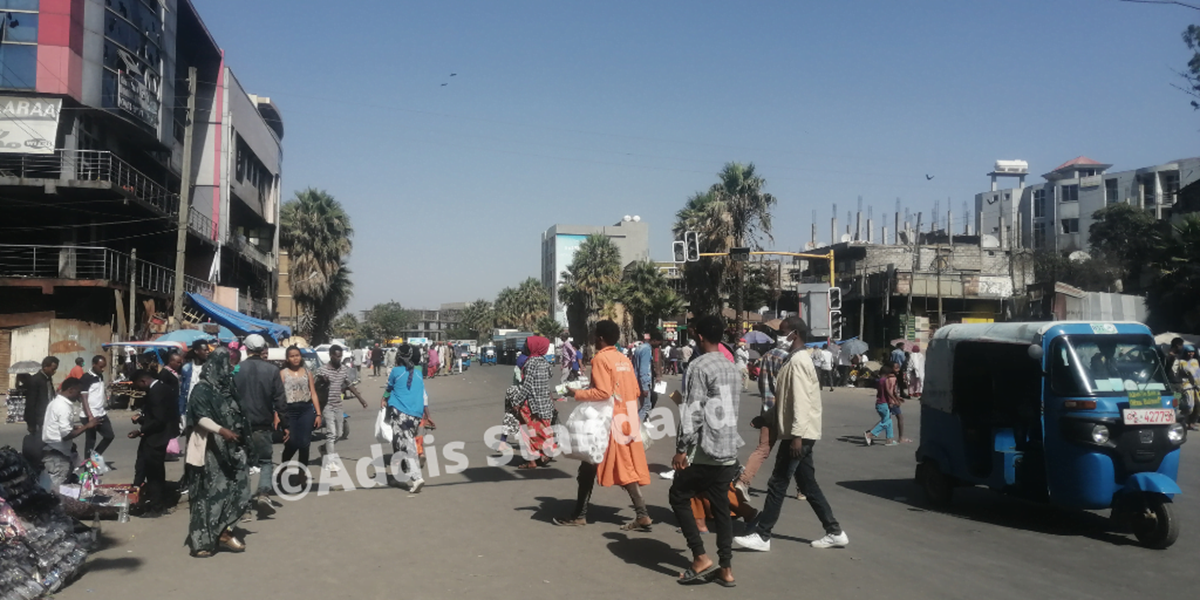Alert: Ethiopia Desert Locust infestation worsens

Addis Abeba, November 07/2019 – The Desert Locust (Schistocerca gregaria) infestation in Ethiopia has deteriorated, despite ongoing ground and aerial control operations.
Together with the Ethiopian Federal Ministry of Agriculture and the Desert Locust Control Organization for Eastern Africa, Food and Agriculture Organization of the United Nations (FAO) has called for immediate action to control the infestation.
Hoppers have fledged, and an increasing number of small immature and mature swarms have continued to devour crop and pasture fields in Tigray, Amhara, Oromia, and Somali regional states. In Amhara, some farms have registered nearly 100 percent loss of teff, a staple crop in Ethiopia. Moreover, eggs are hatching profusely and forming hopper bands in the Somali region, due to the heavy rainfall. The hopper bands recorded to date have covered more than 351 km2 and are consuming at least 1 755 000 MT of green vegetation per day.
Fatouma Seid, the FAO Representative in Ethiopia said, “We need to act fast and mobilize the required resources urgently to scale up control and preventive measures.”
So far, hopper bands have been controlled in only 21 000 hectares, out of the 48 000 hectares surveyed between August and October 2019 in 56 breeding Woredas (districts). Control measures have become difficult in areas affected by ongoing insecurity, particularly in Dire Dawa city.
If not controlled, the Desert Locusts could continue moving within Ethiopia and invade northeast Kenya, the western lowlands and highlands of Eritrea, the Red Sea coastal plains in Eritrea, and adjacent southern coastal areas in Sudan.
In November and December 2019, FAO and the Government of Ethiopia will work to scale up control measures for fledgling hoppers, immature adults and newly arrived egg-laying swarms, particularly in the Somali region and other winter breeding areas. FAO/AS








